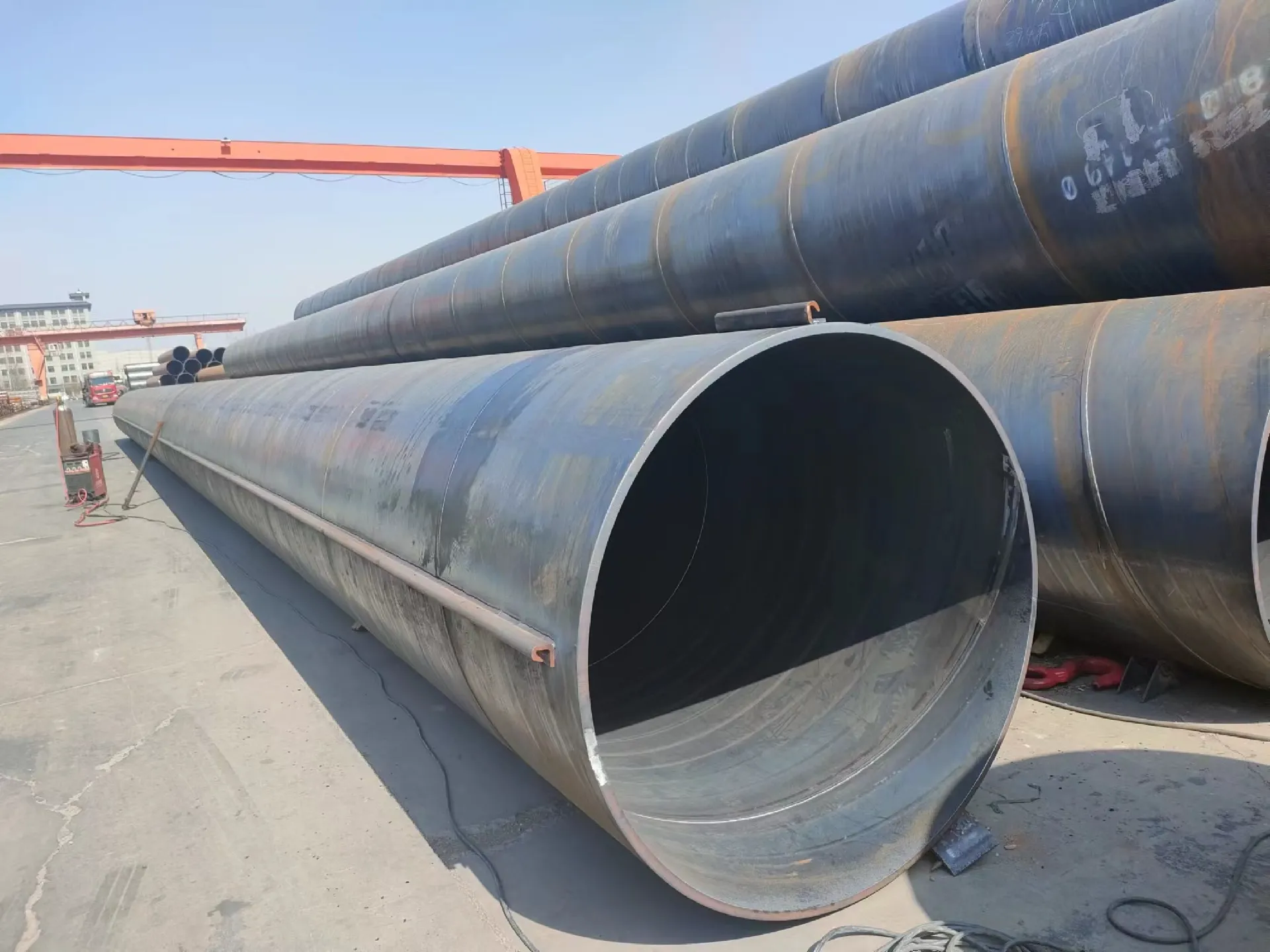-
Cangzhou Yulong Steel Co., Ltd.
-
Phone:
+86 13303177267 -
Email:
admin@ylsteelfittings.com
- English
- Arabic
- Italian
- Spanish
- Portuguese
- German
- kazakh
- Persian
- Greek
- French
- Russian
- Polish
- Thai
- Indonesian
- Vietnamese
- Zulu
- Korean
- Uzbek
- Hindi
- Serbian
- Malay
- Ukrainian
- Gujarati
- Haitian Creole
- hausa
- hawaiian
- Hebrew
- Miao
- Hungarian
- Icelandic
- igbo
- irish
- Japanese
- Javanese
- Kannada
- Khmer
- Rwandese
- Afrikaans
- Albanian
- Amharic
- Armenian
- Azerbaijani
- Basque
- Belarusian
- Bengali
- Bosnian
- Bulgarian
- Catalan
- Cebuano
- China
- China (Taiwan)
- Corsican
- Croatian
- Czech
- Danish
- Esperanto
- Estonian
- Finnish
- Frisian
- Galician
- Georgian
- Kurdish
- Kyrgyz
- Lao
- Latin
- Latvian
- Lithuanian
- Luxembourgish
- Macedonian
- Malgashi
- Malayalam
- Maltese
- Maori
- Marathi
- Mongolian
- Myanmar
- Nepali
- Norwegian
- Norwegian
- Occitan
- Pashto
- Dutch
- Punjabi
- Romanian
- Samoan
- Scottish Gaelic
- Sesotho
- Shona
- Sindhi
- Sinhala
- Slovak
- Slovenian
- Somali
- Sundanese
- Swahili
- Swedish
- Tagalog
- Tajik
- Tamil
- Tatar
- Telugu
- Turkish
- Turkmen
- Urdu
- Uighur
- Welsh
- Bantu
- Yiddish
- Yoruba

Jul . 27, 2024 10:23 Back to list
Exploring the Relationship Between Sludge and Slurry in Environmental Management Practices
Understanding Sludge and Slurry The Essential Differences and Applications
In the fields of environmental science and engineering, the terms sludge and slurry are frequently encountered. Both are associated with the treatment of waste materials, yet they represent different concepts with distinct properties, compositions, and implications for management. This article delves into these two terms, shedding light on their definitions, characteristics, and applications.
Defining Sludge
Sludge is a semi-solid byproduct of various industrial and municipal processes, primarily arising from wastewater treatment systems. It is composed of organic matter, microorganisms, and inorganic materials that settle at the bottom of treatment tanks. The generation of sludge is a common outcome during processes such as sedimentation or biological treatment in wastewater facilities. The composition of sludge varies significantly depending on the source of the wastewater, the treatment processes employed, and the types of pollutants present.
Generally, sludge can be categorized into several types, including primary sludge, secondary sludge, and mixed sludge. Primary sludge is produced during the initial phase of sedimentation, while secondary sludge, often referred to as activated sludge, is generated from biological treatment processes using microorganisms to break down organic matter. The management of sludge is critical due to its potential to pose environmental and health risks if not properly handled, leading to practices such as anaerobic digestion, land application, or incineration.
Defining Slurry
In contrast, slurry refers to a mixture of solid particles suspended in a liquid, typically water, creating a thick, fluid-like consistency. This term is often used in various industries, including mining, construction, and agriculture. Slurry can include a wide range of substances, from cement and sand to agricultural fertilizers and chemical compounds, making it versatile in application.
sludge slurry

The characteristics of slurry depend on the nature of the solid materials and the liquid phase. The ratio of solids to liquids controls the slurry's viscosity, rheological properties, and behavior during transportation and placement. Unlike sludge, which is often a byproduct requiring treatment, slurry is usually engineered for specific purposes, such as enhancing soil quality in agriculture or facilitating the transportation of materials in construction projects.
Key Differences and Applications
The primary difference between sludge and slurry lies in their composition and intended use. While sludge is considered a waste product needing management, slurry is generally a functional mixture used in various industrial applications. For instance, in the construction industry, slurry is crucial for maintaining the stability of certain structures during excavation and foundation work. In agriculture, slurry can refer to liquid manure, which is used to enrich soil, improving its fertility.
Both sludge and slurry present unique challenges in their management. Sludge treatment technologies focus on reducing its volume, stabilizing the organic material, and minimizing environmental impact. This often requires advanced technologies such as drying, thickening, and composting. Conversely, managing slurry often involves effective transportation and handling to prevent settling and segregation of solid particles.
Conclusion
Understanding the distinctions between sludge and slurry is essential for professionals working in environmental sciences, engineering, and industry. While both materials are integral to modern industrial processes, their management approaches differ significantly. Sludge requires careful treatment and disposal strategies to mitigate environmental risks, while slurry represents an advantageous mixture utilized across various sectors. As industries continue to innovate, the efficient management of both sludge and slurry will remain pivotal in promoting sustainability and reducing waste.
Latest news
-
ANSI 150P SS304 SO FLANGE
NewsFeb.14,2025
-
ASTM A333GR6 STEEL PIPE
NewsJan.20,2025
-
ANSI B16.5 WELDING NECK FLANGE
NewsJan.15,2026
-
ANSI B16.5 SLIP-ON FLANGE
NewsApr.19,2024
-
SABS 1123 FLANGE
NewsJan.15,2025
-
DIN86044 PLATE FLANGE
NewsApr.19,2024
-
DIN2527 BLIND FLANGE
NewsApr.12,2024
-
JIS B2311 Butt-Welding Fittings LR/SR 45°/90° /180°Seamless/Weld
NewsApr.23,2024











